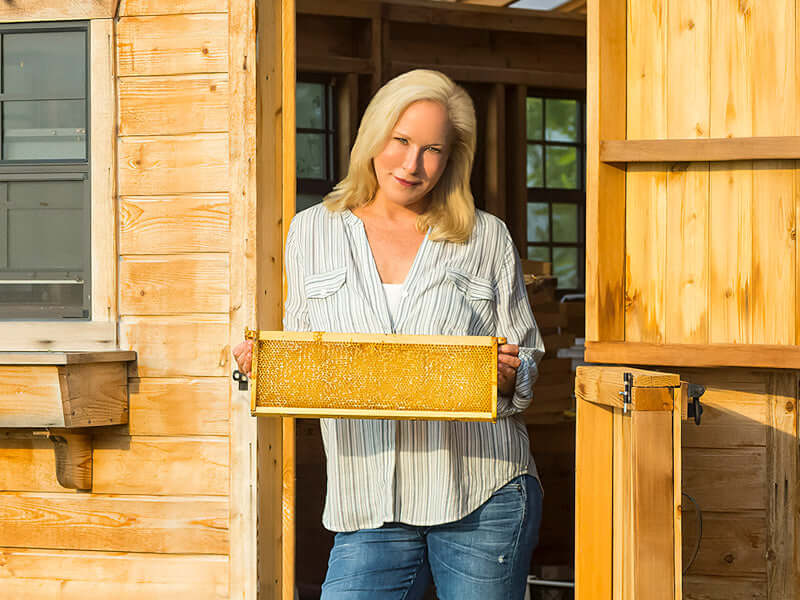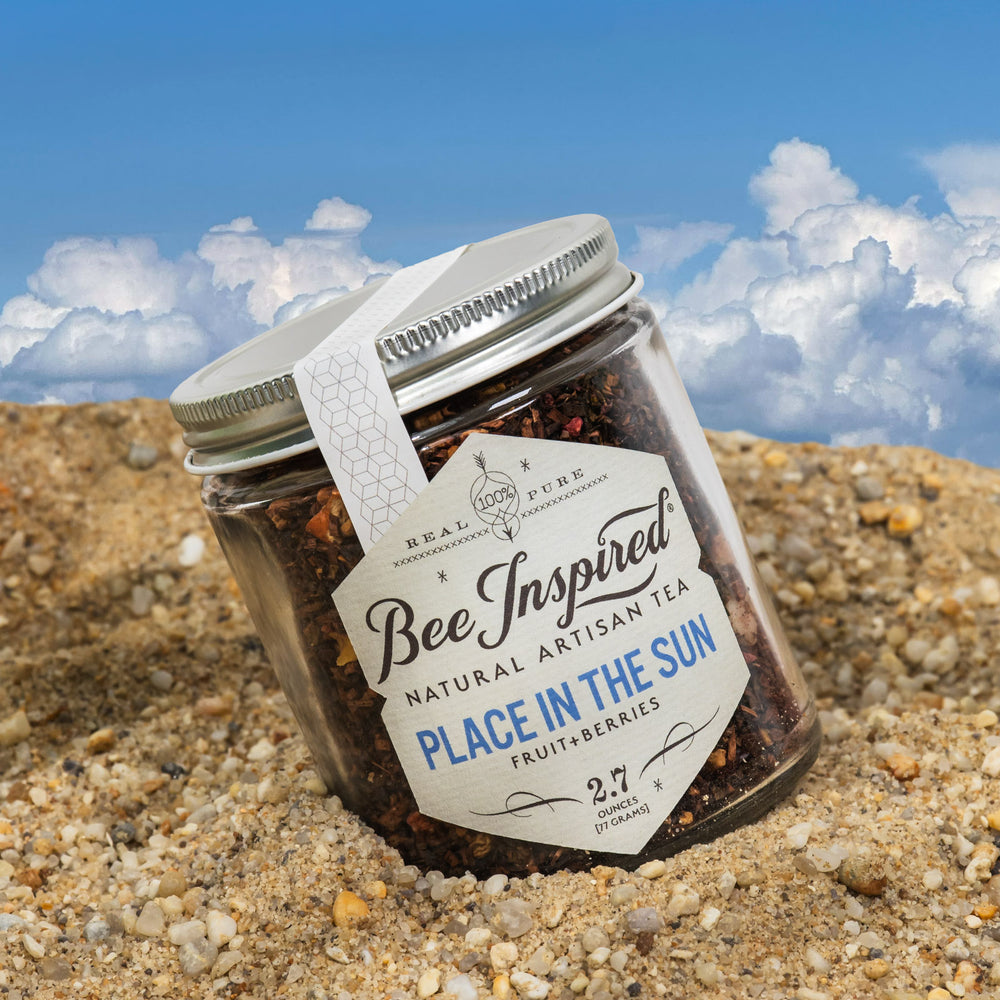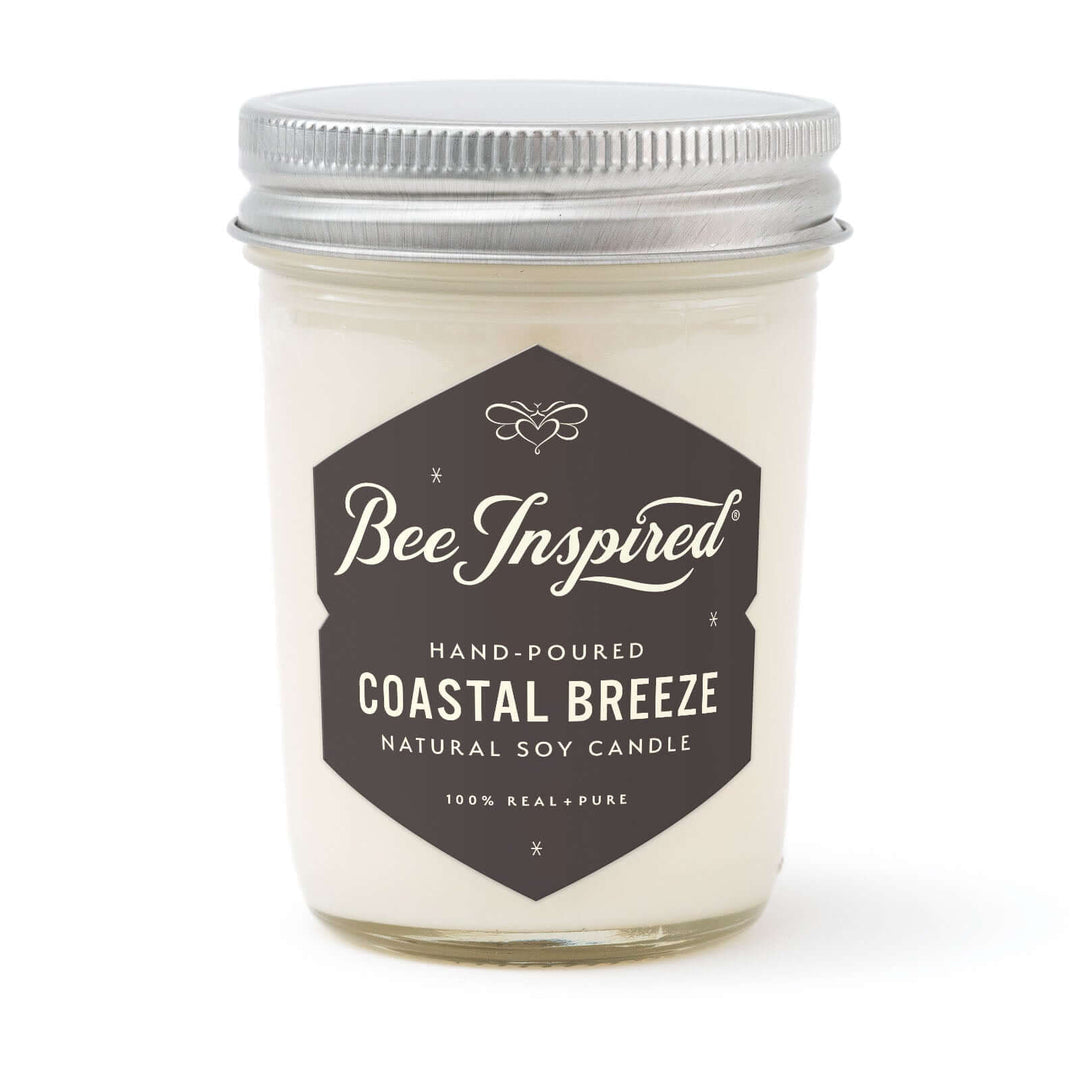The relationship between pesticides and honeybees represents one of the most critical environmental challenges facing modern agriculture. Pesticides, while essential for crop protection and food security, create a problematic feedback loop for farmers and a potentially deadly environment for pollinators. This article examines the current understanding of this complex relationship, explores the scientific evidence of pesticide impacts on bee populations, and presents balanced solutions for protecting both agricultural productivity and pollinator health.

The Pesticide Exposure Problem in Honey Bees
Honey bees are exposed to pesticides through multiple pathways in their environment. Bees exposed to pesticides can bring contaminated pollen back to their colonies, further increasing the risk of exposure within the hive. As they forage, bees face exposure through direct contact with treated plants and through contaminated nectar or pollen. Scientific research confirms that pesticides, particularly neonicotinoids, can affect the bee nervous system, impairing their ability to:
-
Remember and identify different nectars they need to survive
-
Navigate effectively to find their way home
-
Maintain healthy immune function, increasing susceptibility to viral infections
The nutritional state of bees significantly affects their susceptibility to pesticides, with poorly nourished bees showing increased vulnerability. Plant pollens and nectars provide phytochemicals that can up-regulate the expression of detoxification genes in honey bees, helping them better metabolize pesticides through enzymatic pathways, particularly involving cytochrome P450 monooxygenases.

Pesticide Residues in Pollen and Nectar
Pesticide residues in pollen and nectar can have significant impacts on honey bee health and colony survival. Studies have shown that honey bees are exposed to a wide range of pesticides through pollen and nectar, including neonicotinoids, pyrethroids, and organophosphates. These pesticides can be present in pollen and nectar at levels that are toxic to honey bees, and can also be stored in the hive and fed to larvae, further increasing exposure.
Research has shown that pesticide residues in pollen and nectar can affect honey bee behavior, physiology, and immune function. For example, exposure to neonicotinoids has been shown to impair honey bee navigation and communication, while exposure to pyrethroids has been shown to affect honey bee reproduction and development.
To reduce the risk of pesticide exposure to honey bees, it is essential to minimize the use of pesticides in agricultural landscapes and to promote the use of integrated pest management (IPM) practices. IPM involves using a combination of techniques, such as crop rotation, biological control, and cultural controls, to manage pests and reduce the need for pesticides.

Sensitivity Analysis of Pesticide Risk
Sensitivity analysis is a statistical technique used to evaluate the impact of different variables on a model’s output. In the context of pesticide risk assessment, sensitivity analysis can be used to evaluate the impact of different pesticide application methods, timing of exposure, and other factors on honey bee colony survival.
A sensitivity analysis of pesticide risk was conducted using the VarroaPop + Pesticide model, which simulates the population growth and behavior of a honey bee colony infested by Varroa mites. The model estimates pesticide consumption intake for individual bees by multiplying food intake rates by pesticide concentrations in pollen, nectar, and jelly from the hive.
The results of the sensitivity analysis showed that queen strength and forager lifespan are critical factors for colony survival, regardless of pesticide exposure. Honey bee colonies exposed to direct spray and soil application methods exhibited the least recovery, indicating that these application methods have the strongest impact on colony dynamics.
Pesticide Prevalence in the Environment
Environmental monitoring studies reveal alarming statistics about pesticide contamination:
-
Over 90% of pollen samples from bee hives in agricultural landscapes contain multiple pesticide residues
-
Stream samples in agricultural areas consistently show pesticide presence
-
The most common pesticides found in these samples include neonicotinoids, pyrethroids, and organophosphates
The presence of large numbers of dead bees in front of hives is a significant indicator of pesticide-related mortality.
This widespread contamination demonstrates how pesticides become integrated into the broader ecosystem, affecting not just target pests but beneficial insects as well.
Understanding Different Pesticide Impacts
Not all pesticides and application methods pose equal risks to bee populations. Recent research provides important nuances:
-
Degradation rates: Many newer pesticides are designed to degrade rapidly, reducing long-term exposure risk to bee populations
-
Formulation matters: Solutions and emulsifiable concentrates are generally less hazardous to bees than other formulations when applied correctly
-
Application timing: Pesticide application in the evening, when bees are less active, significantly reduces mortality
-
Application method: A sensitivity analysis identified that direct spray and soil applications caused the most harm to colonies, while seed treatments showed minimal impact compared to control scenarios
-
Colony dynamics: Queen strength and forager lifespan were identified as critical factors for colony survival when exposed to pesticides
Understanding pesticide toxicity is crucial, as various factors influence the toxicity levels experienced by different bee species and life stages.
The Neonicotinoid Challenge
Neonicotinoids represent a particularly concerning class of pesticides for bee health due to their unique combination of properties:
-
High toxicity to insects at very low doses
-
Long persistence in the environment compared to some alternatives
-
High systemicity (ability to spread throughout all plant tissues)
-
High mobility in soil and water systems
Neonicotinoids have also been shown to have detrimental effects on wild bees, impacting their populations and reproductive health.
Research has demonstrated that bees may actually be drawn to plants treated with neonicotinoids, similar to nicotine addiction in humans, potentially increasing their exposure. This class of pesticides has become particularly controversial in regulatory discussions worldwide.

Colony Collapse Disorder and Multiple Stressors in Honey Bee Colonies
Colony Collapse Disorder (CCD) occurs when the majority of worker bees in a colony disappear, leaving behind a queen, food stores, and nurse bees caring for immature bees. While pesticides are a significant factor, scientists recognize CCD as a multifactorial issue involving:
-
Parasitic mites (particularly Varroa destructor)
-
Pesticide exposure
-
Extreme weather events related to climate change
-
Challenges with overwintering
-
Nutritional stress from reduced floral diversity
-
Pathogens and disease
Exposure to pesticides is a significant factor that can weaken bees, making them more vulnerable to other stressors.
The latest research indicates that these stressors often work in combination, with pesticide exposure potentially weakening bees and making them more vulnerable to other threats. In early 2024, reports of CCD decreased compared to 2023, with affected colonies dropping from more than 107,000 to 70,650.

Agricultural and Economic Impacts
The relationship between pesticides and pollinators creates complex economic considerations:
-
Pollinators contribute approximately $24 billion annually to the U.S. economy
-
Honey bees specifically contribute approximately $15 billion through their pollination services
-
This represents over half the value of key segments of U.S. agriculture
Bumble bees also play a crucial role in pollination, and their vulnerability to pesticides can have significant economic implications.
Specific crops demonstrate this dependency:
-
California almond crops, providing 80% of the world’s almonds, rely almost entirely on honey bee pollination
-
Major fruit crops including blueberries, apples, and melons require honey bee pollination for successful harvests
The economic reality is that both pesticides and pollinators are vital to modern agriculture, necessitating balanced approaches rather than simple solutions.
Why Farmers Use Pesticides
While this article focuses on the challenges pesticides pose to bee populations, it’s important to recognize why farmers rely on these tools:
-
Crop protection from insect pests can prevent 40-80% yield losses in many crops
-
Disease vectors controlled by pesticides can devastate entire growing regions
-
Economic pressures and thin profit margins make crop losses especially damaging to farming livelihoods
-
Alternative pest management strategies often require more labor, infrastructure, or specific growing conditions
However, the use of pesticides can also harm other beneficial insects, exacerbating existing threats to these populations.
The goal should be finding approaches that protect both crop yields and pollinator health, rather than viewing these as mutually exclusive priorities.
Regulatory Progress
Governments worldwide have begun responding to the scientific evidence of pesticide impacts on pollinators:
-
European Union: In 2018, the EU completely banned outdoor use of neonicotinoid insecticides after scientific evidence established harmful effects on bees. EU Commissioner for Health and Food Safety emphasized that "Bee health remains of paramount importance."
-
European Court of Justice: In 2023, the court ruled against emergency exemptions for seeds treated with neonicotinoid pesticides, effectively closing a loophole that had allowed continued use despite the ban.
-
United States: Progress has been slower, but significant steps include:
-
California developing regulations restricting four neonicotinoid chemicals (imidacloprid, thiamethoxam, clothianidin, and dinotefuran)
-
EPA implementing protective measures including prohibiting certain neonicotinoid pesticides when bees are present
-
New labeling requirements advising homeowners against using these products in ways that might harm pollinators
-
Current State of Bee Health and Populations
Despite ongoing challenges, recent data shows complex trends in honey bee populations:
-
According to Census of Agriculture data, America’s honeybee population has grown to 3.8 million colonies, making honeybees the fastest-growing livestock segment since 2007
-
However, this apparent stability masks significant ongoing losses—a 2023 survey found 48% of colonies were lost in the year ending April 2023
-
The 12-year average annual mortality rate stands at 39.6%
-
Beekeepers maintain population numbers through intensive management efforts, adding hundreds of thousands of new colonies and renovating existing ones throughout the year
Honey bees exposed to pesticides face significant challenges, including impaired navigation and increased mortality rates.
While commercial beekeepers have adapted to higher loss rates, wild bee populations may face greater challenges without such management interventions.
Mitigating Pesticide Impacts: A Balanced Approach
Effective solutions must balance agricultural productivity with pollinator protection. Key strategies include:
For Policymakers and Regulators:
-
Implement risk assessment frameworks that specifically consider sublethal effects on pollinators
-
Support research into pesticide alternatives and integrated pest management
-
Provide economic incentives for farmers adopting pollinator-friendly practices
-
Fund habitat restoration in agricultural landscapes
-
Require more comprehensive pesticide testing before approval
For Farmers and Land Managers:
-
Incorporate pollinator protection into pesticide use decision-making processes
-
Use integrated pest management (IPM) to minimize pesticide applications
-
Apply pesticides during evening hours when bees are less active
-
Choose less toxic formulations when effective
-
Establish buffer zones around flowering plants
-
Provide supplemental flowering resources near crops
-
Consider establishing apiaries at least 4 miles from treated crops
-
Implement strategies to protect bees, such as providing proper nutrition and relocating colonies to pesticide-free areas
For Consumers and Citizens:
-
Choose organic produce when possible to reduce demand for pesticide-treated crops
-
Plant pollinator-friendly gardens with diverse native flowering plants
-
Avoid using pesticides in home gardens, especially neonicotinoids
-
Support local beekeepers by purchasing local honey
-
Advocate for stronger regulations on harmful pesticides
For Beekeepers:
-
Monitor colonies regularly for pesticide exposure symptoms
-
Communicate with nearby farmers about spray schedules
-
Participate in citizen science projects tracking bee health
-
Consider temporary relocation of hives during high-risk spray periods
-
Provide supplemental nutrition during periods of stress
Promising Research Directions
Recent scientific advances offer hope for better solutions:
-
Development of more bee-friendly pesticide formulations with targeted delivery mechanisms
-
Breeding honey bee queens with enhanced detoxification capabilities
-
Novel biological control agents that reduce the need for chemical pesticides
-
Precision agriculture technologies allowing ultra-targeted pest management
-
Improved understanding of how diverse flowering landscapes can buffer pesticide impacts
Recent findings suggest that landscape pesticide exposure significantly impacts bee populations, emphasizing the need for targeted research.
The buzz on pesticides
The relationship between pesticides and honeybees represents one of the most important environmental challenges of our time. While pesticides pose significant risks to bee populations, simplistic approaches that ignore the realities of modern agriculture are unlikely to succeed. By adopting evidence-based, balanced strategies that protect both pollinator health and agricultural productivity, we can work toward a future where bees and sustainable agriculture thrive together.
Our food supply and our ecosystem depend on finding this balance. Through collective action from policymakers, farmers, consumers, and beekeepers, we can create agricultural systems that protect these essential pollinators while maintaining food security for growing populations worldwide.











